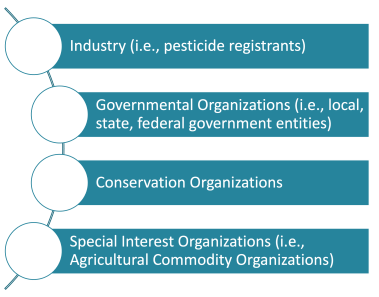About AMMPS
Pesticides
In early 2018, Compliance Services International (CSI) started a small collaborative project with Syngenta Crop Protection focused on ESA listed species and pesticides used in agriculture in Hawaii. Over the next four years, that small collaborative project grew into a much larger endeavor – with the focus expanding to include all ESA listed species in the United States and various pesticide uses. After numerous discussions with and presentations to the Services (US FWS and NMFS), EPA, and USDA, the resulting process was flexible, adaptable, and responsive; and implemented through a multi-functional tool for sequencing species to inform Avoidance, Minimization, and other Measures for Protecting Species (AMMPS). While the initial intent of AMMPS was focused on species and addressing potential risk from pesticides, we realized that the data provided in AMMPS would benefit a wider audience.
Not only has AMMPS gone through name changes and moved from a spreadsheet tool to a web-based application, the AMMPS process has gone through numerous iterations due to evolving ESA approaches from EPA and registration and consultation decisions from EPA and the Services. AMMPS was developed to be flexible and AMMPS will continue to change as new approaches, policy, and data become available.
All groups and entities involved in the space of ESA-listed species that would benefit from accessing the aggregated data in AMMPS. In both the public and client portal, data are sourced or aggregated from publicly available sources such as USDA, USFWS, NMFS, EPA, and many more. For clients that want to provide proprietary data, that is an option through the client portal. AMMPS is not a static tool and will continue to evolve making space for a growing list of people and groups who benefit from using AMMPS.
